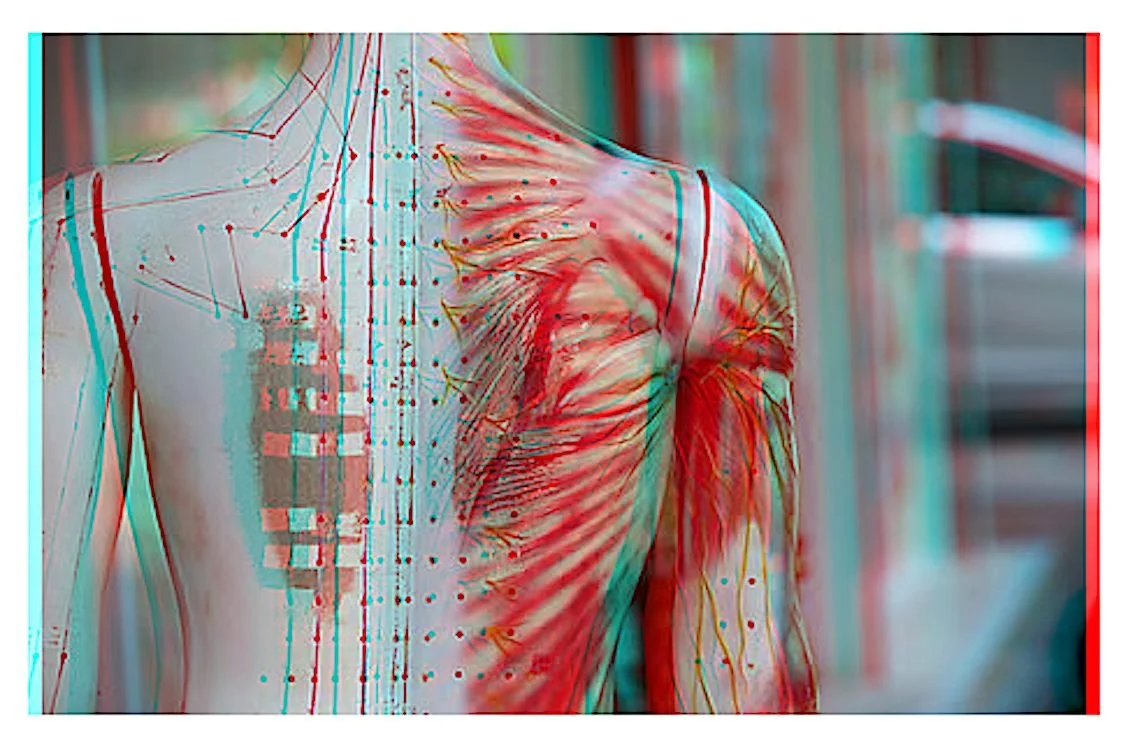Bring harmony into your life. By altering how energy flows around and through your surroundings, you can promote prosperity and good health. The easiest way to begin is by transforming your home or workplace. Include some strategically placed elements in your environment.
Read MoreComplementary medicines such as Chinese Medicine have been growing in popularity in recent years, but a few misconceptions remain. “I’m afraid of needles”, “You use endangered species in your medicine”, “there is no scientific evidence to back up your claims”, “It’s all placebo” and the list goes on…. In response to some of the ‘fake news’ that I hear and see in my everyday life, I have decided to address a few common myths about Chinese medicine.
Read MoreIf you experience lower back pain, you are not the only one. About 80 percent of adults will experience low back pain at some stage in their life. It is the leading cause of job-related disability and one of the most common reasons for missed work days. In a survey, more than 25% of adults reported experiencing low back pain during the past 3 months.
Read MoreNow considered a mainstream option for several medical conditions, acupuncture is proving to be effective in treating and managing Bell’s Palsy. Studies have shown that acupuncture may provide up 60-70% improvement rates – even for those experiencing chronic Bell’s Palsy.
When singer Carnie Wilson was suffering from Bell’s Palsy in 2013, she took to Twitter to share her joy of acupuncture treatment while recovering: “…Who believes in Acupuncture? I’m treating my Bell’s Palsy with it. IT’S WORKING.”
Read MoreIn response to the growing concerns about NSAID side effects, many are turning to Acupuncture for relief. According to current research, this ancient therapy helps reduce inflammation and pain associated with back pain, neck pain, arthritis, headaches, and fibromyalgia pain after surgery. These are among the top reasons pain sufferers turn to NSAIDs.
Read MoreThe endometrium is the lining of the uterus. It is one of the few organs in the human body that changes in size every month throughout a person’s fertile years. Each month, as part of the menstrual cycle, the body prepares the endometrium to host an embryo. Endometrial thickness increases and decreases during the process.
Two hormones, oestrogen and progesterone, prompt these cycles of endometrial growth and its shedding through menstruation if a pregnancy does not develop.
What factors can cause an endometrial lining to be too thin?







